If you’re like most SaaS managers, you’re committed to running and growing your business.
But to do that, you need to ensure you’re meeting the needs of your customers, and that includes reducing churn.
With companies spending anywhere from 5-25 times more to acquire a customer than keep an existing one, reducing churn is a high priority for any SaaS manager interested in building lifelong evangelists for their brand.
So, with that in mind, here are seven battle-tested ways to help you do that.
1. Make Customers “Sticky”
It’s no secret that churn is directly related to engagement with your product or service (or lack thereof).
Simply put, the more customers interact with your product, the less likely they are to leave.
As John Warrillow, author of The Automatic Customer: Creating a Subscription Business in Any Industry, writes, “Your biggest competitor for your subscription business is not the rival service; it is your customer’s inertia in not using your service.”
The goal, then, is to invite subscribers to interact with your product or service as frequently as possible.
Or, put another way, make them “sticky.”
A sticky customer, according to Harvard Business Review, is a customer who is likely to follow through on an intended purchase, buy your product repeatedly, and recommend it to others.
Dollar Shave Club insert themselves into the daily lives of their subscribers by identifying and meeting a burning need in their target market:
Quality razors at an affordable price.
While inviting customers to interact with your product or service daily isn’t always an option (especially if what you’re offering only requires weekly or monthly check-ins), that doesn’t mean you can’t engage users in other ways.
Freshbooks, for instance, invite readers to click through in their emails and read their latest articles:
Others SaaS companies, like Zapier, reiterate the benefits of their product when invoicing their customers:
Like many SaaS companies, Zapier knows invoicing can trigger cancellations (especially if users are inactive), so they maximize every opportunity to reinforce the value they’re customers are getting from their product.
If your customers are quittin’—stay top of mind to get ‘em stickin’.
2. Watch the 90-day Onboarding Clock
In an analysis across several industries, Localytics found the average mobile app retention rate was 20% after 90 days.
In other words, 80% of all app users are likely to churn within their first three months of signing up.
One reason for this is poor onboarding. If new subscribers aren’t taken by the hand and shown exactly what they need to do and when and how to do it, they’re unlikely to use your product or service.
Sprout Social knows this better than anyone.
Before beginning a free trial, Sprout Social users need to login and connect their social media accounts. If they don’t, they receive this email:
Like many SaaS companies, Sprout Social understands the importance of reducing friction at critical stages of an onboarding flow (such as asking a subscriber to take action). Your copy needs to manage expectations, overcome objections and explain, how to use your product or service, step-by-step, while highlighting your brand’s unique advantage.
Magoosh, for instance, was able to increase signups by 17% simply by adding a welcome email to their onboarding flow:
To get users to integrate your product or service into their daily lives (and therefore make them sticky), offer quick and easy wins when onboarding (like activating their account or completing a form) and praise them often when they follow through.
3. Charge Up Front
Take a look at this pricing page from One Pager.
Which feels like better value for the money?
Example A:
Or, Example B?
If you’re like most readers, you chose Example A.
Why?
Because you’re paying less.
Simple, right?
You’re saving up to 25%. And let’s be honest: who doesn’t love a bargain?
But there’s something else going on here…
When you charge up front for subscriptions, it reduces churn.
Think about it:
When you’re locked in at an annual fee, you’re far more likely to familiarize yourself with the product or service, incorporate it into your daily life, and, if you’re getting value, renew your subscription.
And although it’s tempting to believe you’ll put off familiarizing yourself, the truth is you’re more likely to make a commitment right away.
This is because paying for an annual subscription often requires more up-front.
Take a look at this pricing comparison from Leadpages:
With a Pro Annual Account, you’re saving 39% annually and paying less per month, but you’re also investing more to get started (fair’s fair, right?).
When you’re paying as much $576 up front, you’ll likely want to make a return on that investment as quickly as possible—and that means getting started immediately.
Offering annual subscriptions with discounted prices safeguards your cash flow in the event of monthly churn, and, in most cases, reduce your customer acquisition cost (CAC) while increasing your customer lifetime value (CLV).
Win. Win.
4. Add a Negative Option
BJ Fogg had a problem:
He was eating too much popcorn.
So, in an effort to curb his unhealthy habit, Fogg took the bag of popcorn out of his kitchen, climbed the ladder in his garage, and put the popcorn on the highest shelf.
The rationale?
If he really wanted popcorn, he could always go to the garage, get the ladder, and climb up to get it.
By increasing the number of steps needed to do the undesired behavior (unhealthy eating), Fogg was essentially “designing for laziness.”
Similarly, having a “negative option” for your SaaS company is a way of designing for user laziness.
With negative option billing, customers must either pay for the product or service or specifically opt out in advance of billing.
Mindfulness app Calm use a negative option for their annual billing.
A year ago, I bought an annual subscription, meditated consistently for 3-months and then, well, life got in the way and I forgot about it.
That is until I received this recent email…
Had I been reminded before, I probably would have cancelled my subscription. Having been billed, however, I’m now more likely to invest to “get my money’s worth” and who knows, maybe I’ll become sticky before my next billing.
Like a secure relationship, you don’t need to constant reassurance everything’s going well.
You’ll be first to know if it isn’t.
5. Identify and Reduce Activity Churn
Most SaaS companies focus on regular churn (i.e. the number of users that cancel their account each month).
While reducing regular churn is important, what’s arguably more important is identifying activity churn: the number of users that became inactive each month.
“Typically customers gradually stop using products, from using it every morning to every week to once a month … At some point down the road you’ll remember you’re paying for something you don’t need and don’t use, and then you ‘churn’, even though the decision was made months ago.”
So, how do you reduce activity churn (and therefore regular churn)?
Send reengagement emails to inactive subscribers.
AD FOR CAMPAIGNS GOES HERE
Check out this email I received from Fotolia after I didn’t log in for a few months (sorry Fotolia):
A word of warning, though:
Be aware of when you mail inactive users. Returning from a week’s vacation to find a “We miss you!” email isn’t just annoying; it’s likely to make canceling your subscription top of mind.
Rather than focus on whether users are active or not (active/inactive), focus on how frequently they engage with your product (always/often/sometimes/rarely/never).
When Groove examined their churn rate, they found users who averaged 35 seconds in their initial session and logged in 0.3 times per day were more likely to cancel their subscription:

Groove’s offer to help these users through the setup process resulted in a 26% response rate. And of the users who went on to complete the process, over 40% stuck around after 30 days.
Sometimes, it’s not that users aren’t using your product or service; it’s that they’re not using it enough.
And if they’re not, you need to reach out and find out why.
6. Ask For Feedback
I get it:
People come and go.
That’s how it is. It’s not you. It’s them (well, maybe it is you a little).
Humor aside, churn can benefit you greatly (if you use it correctly, that is.)
Returning to our earlier example, Groove was able to reduce their churn by 71% simply by asking why their customers were leaving:
Granted, it seems overly simplistic, but asking for feedback offers you an opportunity to iterate and make your product or service the very best it can be.
When asking for feedback, it’s important to reach out to the right customers.
There’s a difference between a subscriber who didn’t convert from a free trial into a customer and a lifelong customer who unexpectedly canceled after years of loyal service.
You won’t always hear back from churning customers, that’s a given, but when you do, the insights are often worth their weight in gold.
Over time, recurring patterns will emerge and you’ll be able to categorize reasons for churn into different “buckets.” With enough data, you’ll be able to identify which buckets need to be addressed, first, and your churn rate will plummet.
7. Increase Your Average Customer Spend
It’s a grim reality many SaaS managers have to accept:
As a company grows, so, too, does its churn.
With negative cash flow, you need more new customer revenue to replace churned revenue. Without it, your company’s growth will begin to plateau.
One way to reduce this type of stagnation is to focus on what David Skok calls “negative churn.”
In his own words, “[Negative churn] happens when the expansions/up-sells/cross-sells to your current customer base exceed the revenue that you are losing because of churn.”
In other words, by increasing the average customer spend of your existing customer base, it’s possible to recoup lost revenue.
One of the most common ways to do this is to offer upsells with each purchase.
AppSumo offers a gentle upsell to their Monthly 1K program in the footer of their order confirmation emails to increase their average customer spend:
Upselling customers is all about timing and there’s no better time to do it than after a customer’s just made a purchase.
This might be after invoicing a customer for their annual subscription (see: “Charge up front”), or before shipping their most recent order (a favorite of subscription box services like Dollar Shave Club).
It’s important to mention here that increasing your average customer spend doesn’t just benefit you; it provides more value to your customers.
If you’re using tied pricing, for example, and each tier unlocks more features that benefit the subscriber (read: helps them achieve their goals more quickly and easily), they’re more likely to adopt it into their daily lives and become sticky.
The Importance of Value
Churn is something every SaaS owner goes through.
And although it isn’t always avoidable, it is manageable when you instill a few of the above best practices.
As we’ve seen, reducing churn goes beyond the basics of improving your product; it’s about adding value to the lives of your customers.
If you can do that, and make a meaningful difference in your customers’ lives, churn will level off, and you can get back to doing what you do best—running and growing your company.
What are your experiences with reducing churn? Leave a comment below.
About the Author: Sam Thomas Davies is the content marketing manager at Sleeknote: a company that helps ecommerce business owners capture and convert more leads without hurting the user experience. Follow him on Twitter and LinkedIn.
from The Kissmetrics Marketing Blog https://blog.kissmetrics.com/7-ways-to-lower-churn/
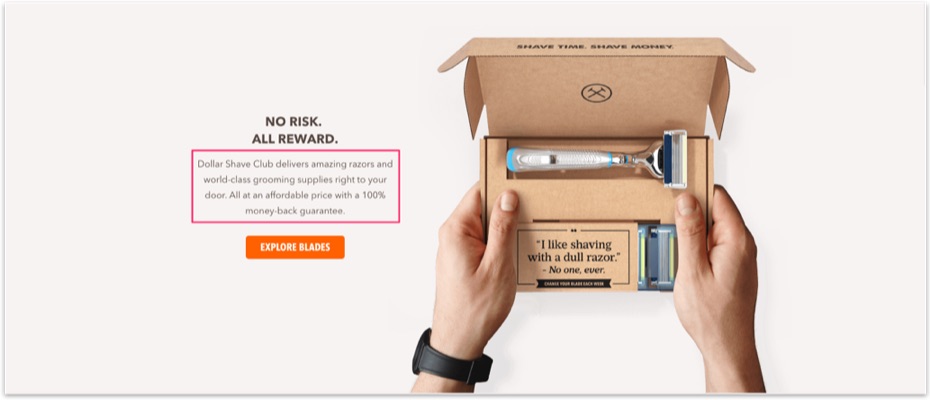
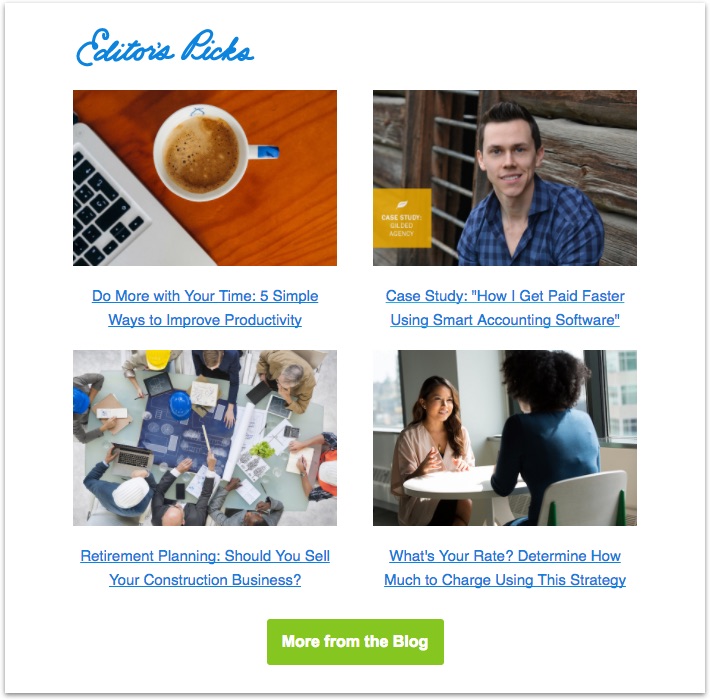
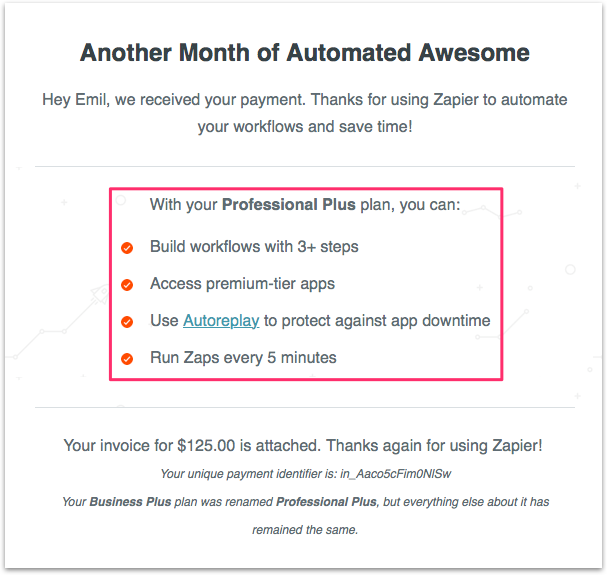
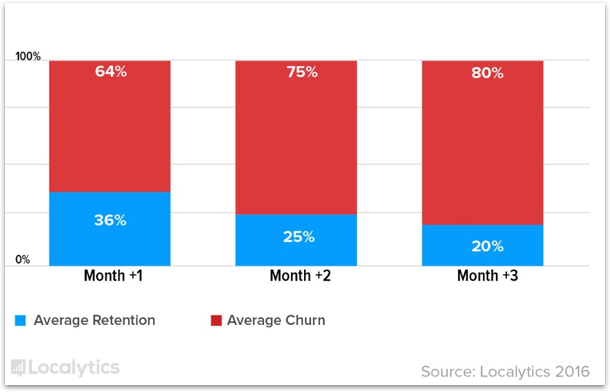
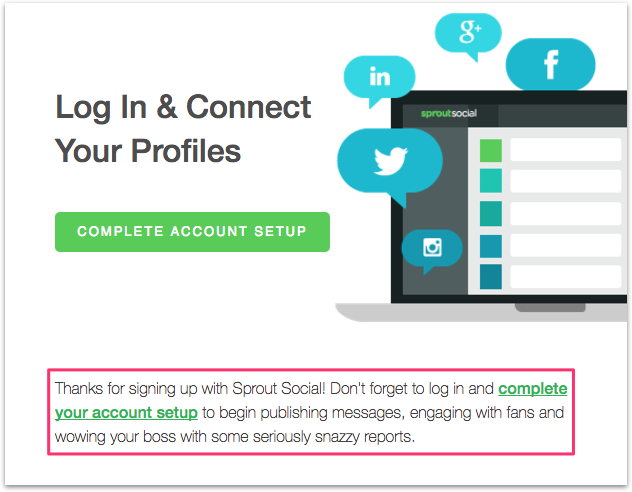
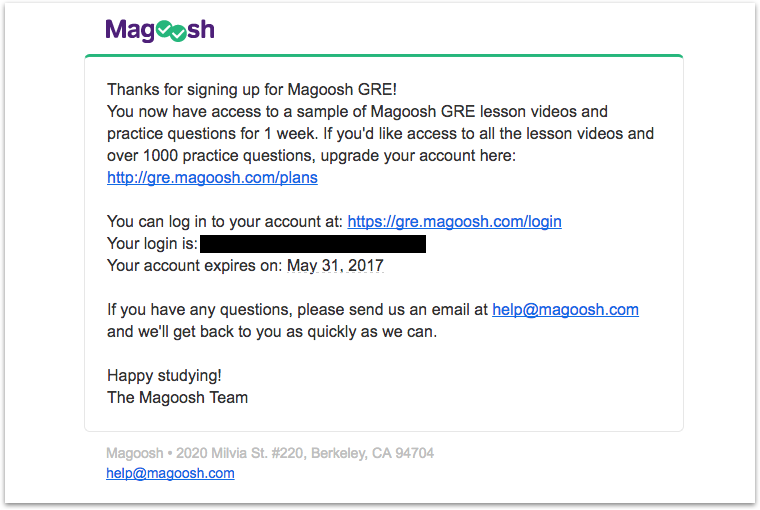

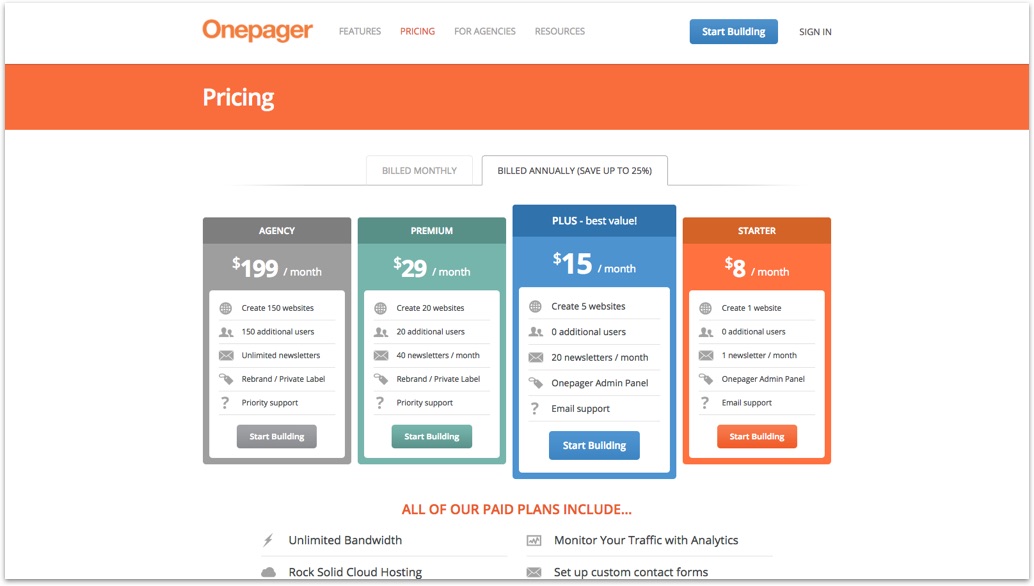
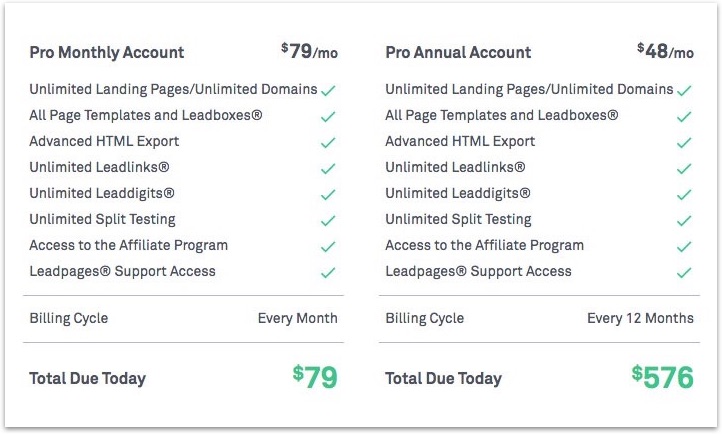
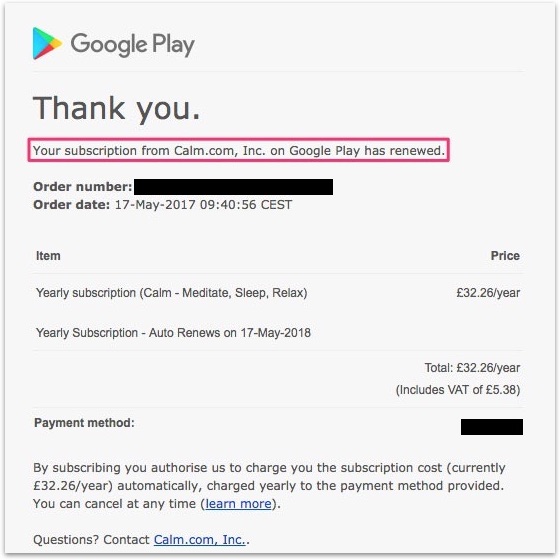
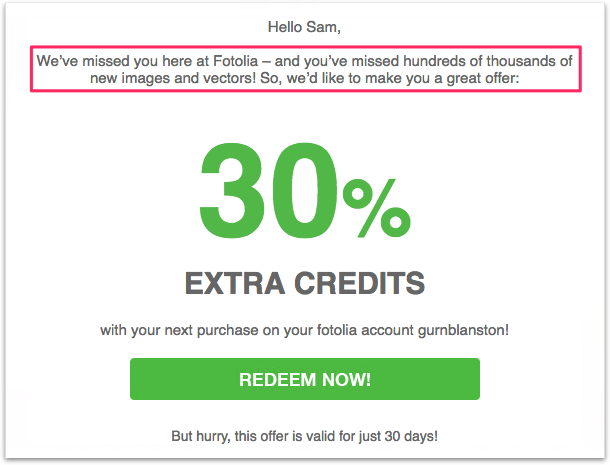
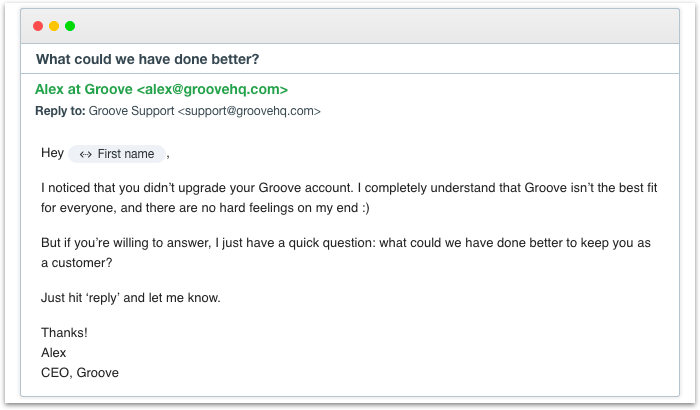
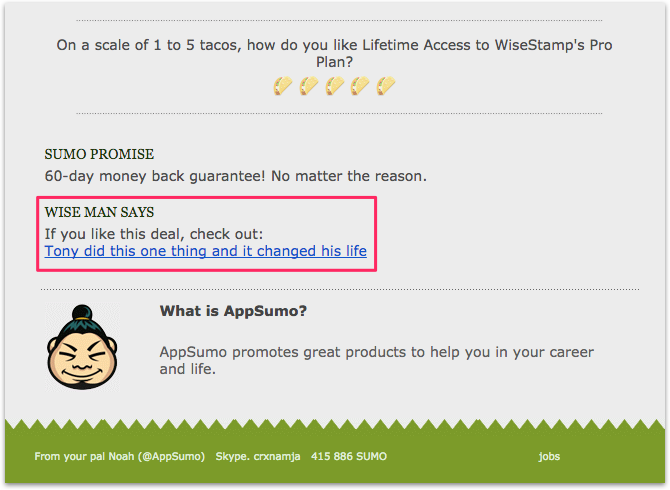
No comments:
Post a Comment